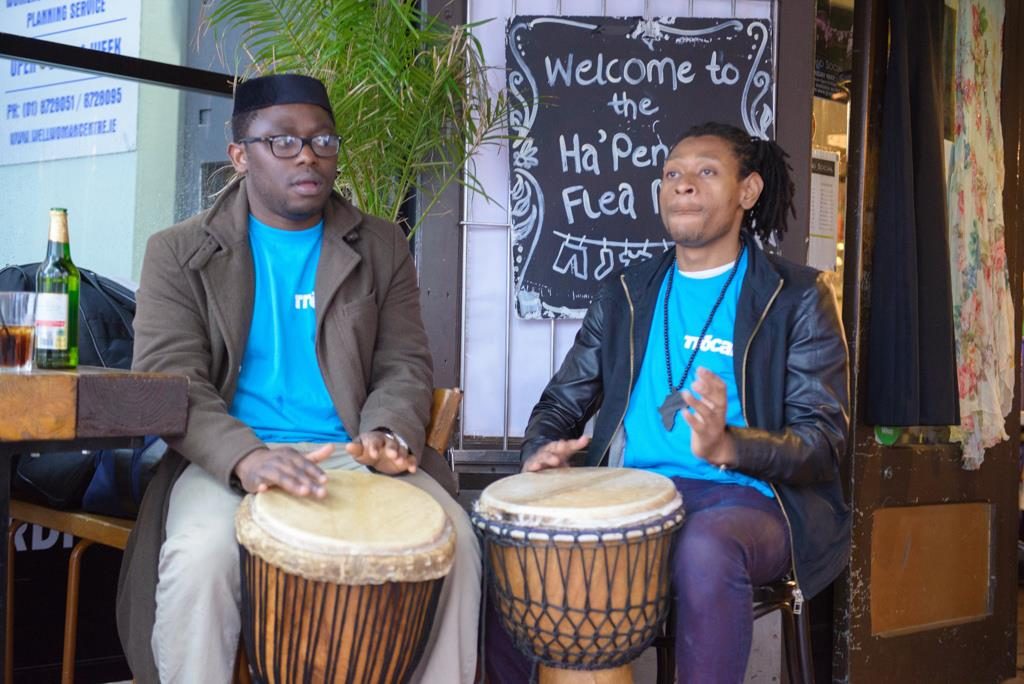The talking drum is one of the oldest yet popular West Africa musical instruments. It has an hourglass shape and two drumheads; they are linked with leather tension cords.
The player can modulate the pitch of the drum by pressing the cords between the arm and body. The talking drum is capable of capturing the rhythm, tone, and volume of human speech.
The talking drum has been used before the eighteenth century by griots; this percussion is used in formal settings or traditional functions such as rituals, storytelling, and dance.
Brief history of the talking drum
The talking drum is rich in culture and tradition; it has three possible origins such as the Ghana Empire, the Hausa people, and the Yoruba people.
The drum answers to its name. In the 18th century, the colonial masters (Europeans) noticed that messages were being passed across within the locals just by playing the drum. The talking was used to warn the villagers or neighboring villages against attacks or inform them about a ceremony.
The talking drum mimics language by tactfully copying the intonations and rhythms of a voice or spoken words.
Components of the talking drum
The drumhead is made from rawhide such as goatskin; it has a wooden body and leather cords linking the two drumheads together. The Talking drums are popular among the Yorubas; it is one of their identities that have passed through the test of time.
Today, the talking drum is used in churches and as well as other social gatherings. There are different sizes of the talking drums, some of them are; Gangan, Omele, and Iya-ilu.
One instrument, different culture
The talking drum is used in different cultures, although it has different names. For example
The Bambaras ( Mandé people of Mali) call the talking drum Odondo or Dondo, the Yorubas (Western part of Nigeria) call it Gangan or Dundun, the Hausas (Northern part of Nigeria) call it Kalangu or Dan Karb’bi, and Songhai (Central Mali) call it Doodo to name a few. However, the talking drum is not limited to Africans; similar talking drums were found in Asia.
How to play the drum
Playing the instrument is fun but learning how to play the drum is also not a tedious task. First of all, there are two ways of playing the drum; by sitting or standing.
Secondly, hold the curved stick or mallet in the hand you are more comfortable with; the talking drum does not a have a specific rule of handling the mallet.
The next step is to put the drum under the opposite arm, the center of the ropes about even with the biceps and ribs.
Hit the drumhead with the flat surface of the stick or mallet then change the pitch by squeezing the strings at various intervals.
Practice makes perfect; practice by mimicking a famous spoken phrase or favorite song
For high tones: After squeezing the cords tightly, hit the drum with the stick near the drumhead’s center, and bounces the stick off the surface.
For lower tones: After releasing the cords, hit the drum with the stick near the drumhead’s center, and bounces the stick off the surface.
Maintenance
Maintaining the talking drum is quite easy and hustle-free. Simply avoid keeping it extreme weather conditions such as snow, rain and also avoid direct sunlight; it can ruin your beautiful talking drum.
*Photo credit: Trocaire

